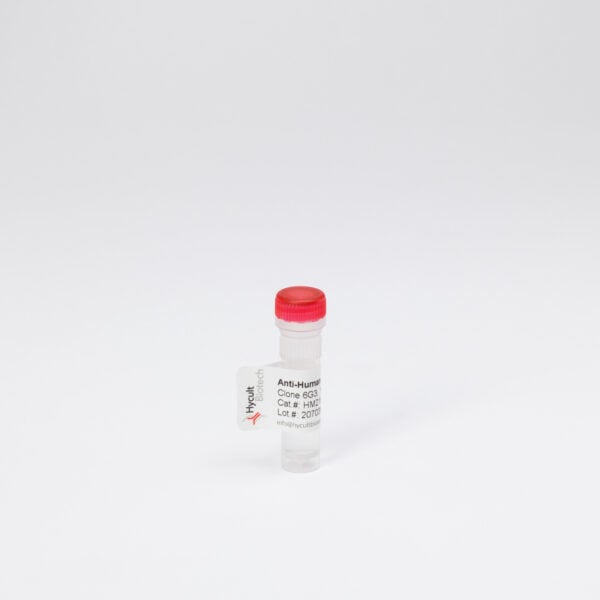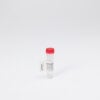C3g, Human, mAb 9
The monoclonal antibody 9 (also known as YB2/90-5-20) reacts with a neoantigen on iC3, iC3b, C3dg and C3g. C3g itself however is a small fragment probably not formed in vivo.
The antibody recognizes iC3b, C3dg and C3g in plasma. It does not recognize C3 or C3b.
Read more€133.00 €510.00Price range: €133.00 through €510.00
Understanding the Role of C3g in the Complement System and Innate Immunity
The complement system plays a pivotal role in our body’s innate immunity, with the third complement component, C3, being a key player. In this article, we delve into the significance of C3 and its fragment, C3g, in various complement activation pathways and immune responses.
Central Role of C3 in Complement Activation Pathways
C3 is integral to the classical, alternative, and lectin pathways of complement activation. It’s fascinating how the activation of the complement cascade leads to the formation of neo-epitopes, which are distinct from the native components. These neo-epitopes, including C3g, have crucial functions in immune responses.
Tissue-Specific Synthesis and Regulation of C3
Moreover, the synthesis of C3 is tissue-specific, highlighting its diverse roles in different bodily environments. Additionally, its production is modulated in response to various stimulatory agents, ensuring that C3, and consequently C3g, is available when needed by the immune system.
C3: Abundance and Deficiency Implications
With serum protein levels approximately at 1.3 mg/ml, C3 is the most abundant protein in the complement system. Importantly, a deficiency in C3, and by extension, C3g, can lead to increased susceptibility to bacterial infections, underscoring its importance in immune defense mechanisms.
C3g’s Role in Immune Complex Formation and Immunopathology
Furthermore, C3 fragments, including C3g, are deposited in tissues at sites of antibody-mediated immunopathology. This is notably observed in conditions like ulcerative colitis and chronic inflammatory bowel disease, where C3 deposition in mucosa is a significant finding.
C3 Proteolysis and the Formation of C3g
In conclusion, the breakdown of the C3 component, a process called proteolysis, is essential in our immune system. This task is carried out by enzymes known as C3-convertases. The process begins with the splitting of C3 into two fragments: C3a and C3b.
Once formed, C3b plays a pivotal role by binding to immune complexes, which are critical in the body’s defense mechanisms. Following this, C3b undergoes further division to form two new components, iC3b and C3f.
The journey continues as iC3b is processed into C3c and C3dg. Notably, C3dg can further split into C3d and C3g. This particular transformation, especially the formation of C3g, is significant. Although it does not take place in blood plasma, it is vital for specific immune responses in the body.
Not sure which C3 antibody to use?
With numerous options available, it is essential to select the right C3 antibody to ensure the success of your research. We designed a guide to assist you in making an informed decision:
Go to our C3 researcher’s guide and choose the right antibody
You may also like…
-
View product €894.00 €1,443.00Price range: €894.00 through €1,443.00
-
C3d, Human, ELISA kit
Cross reactivityCynomolgus monkey – Yes, Horse – No, Mouse – No, Pig – No, Rat – NoView product €894.00 €1,443.00Price range: €894.00 through €1,443.00 -
View product €756.00 €1,223.00Price range: €756.00 through €1,223.00
You may be interested in…
-
View product €133.00 €456.00Price range: €133.00 through €456.00
-
View product €133.00 €456.00Price range: €133.00 through €456.00
-
View product €593.00
-
View product €133.00 €1,245.00Price range: €133.00 through €1,245.00










